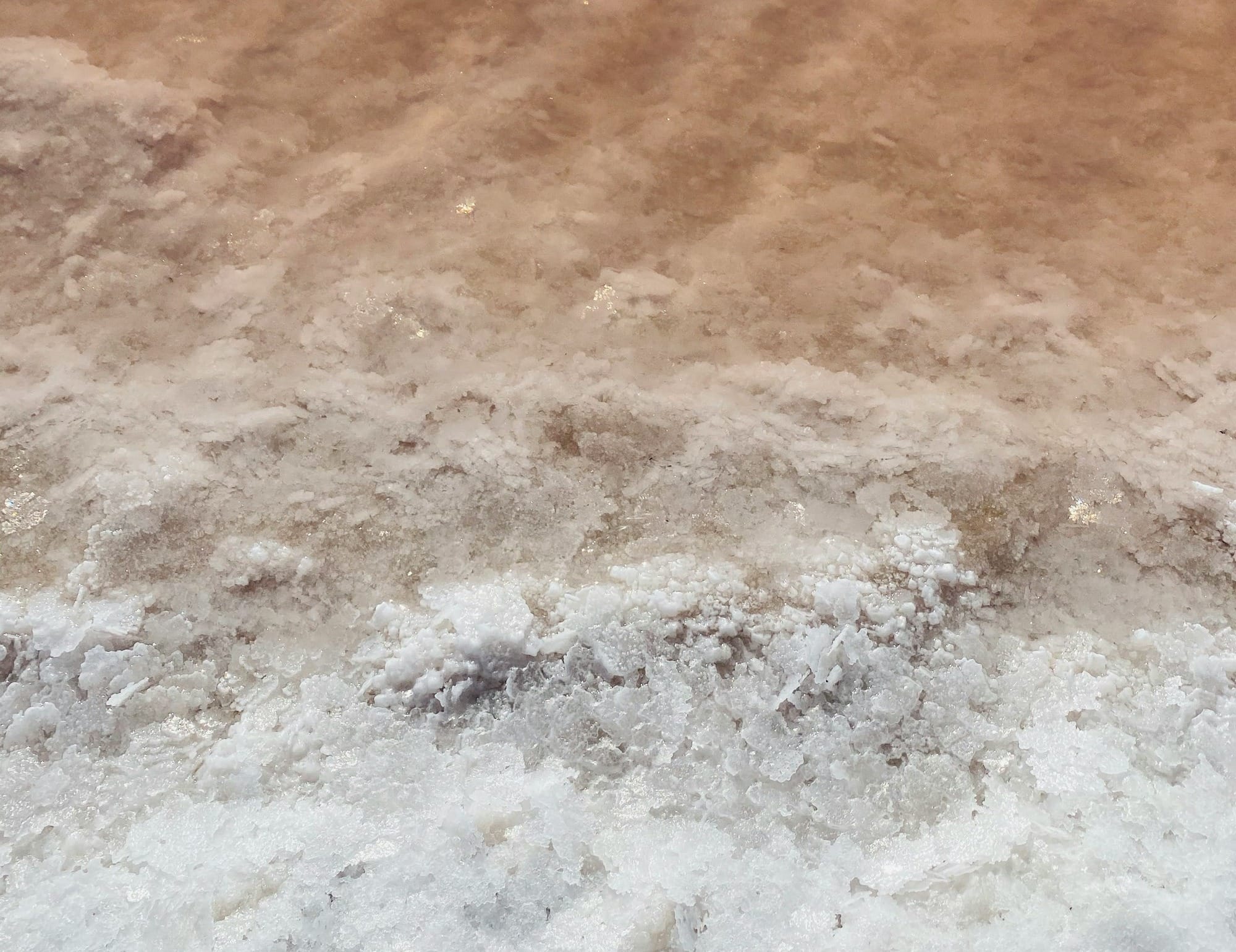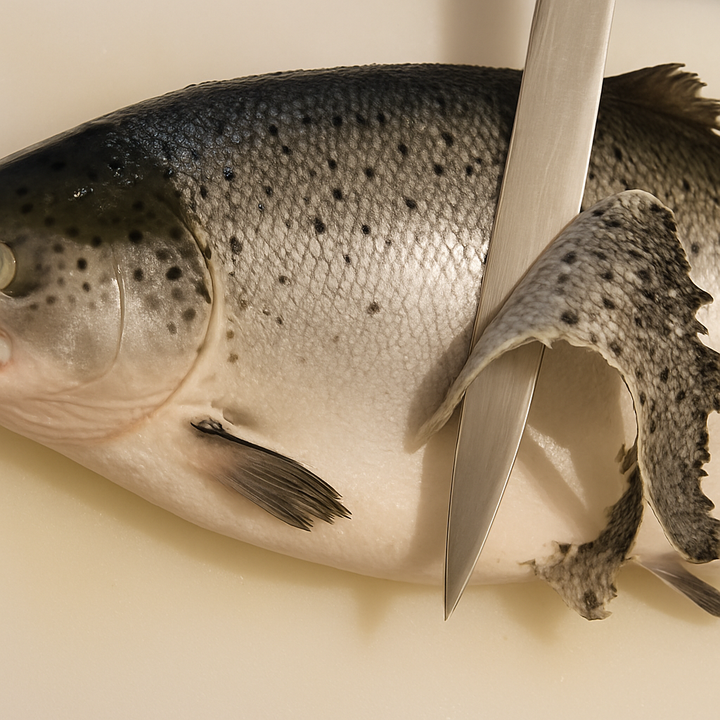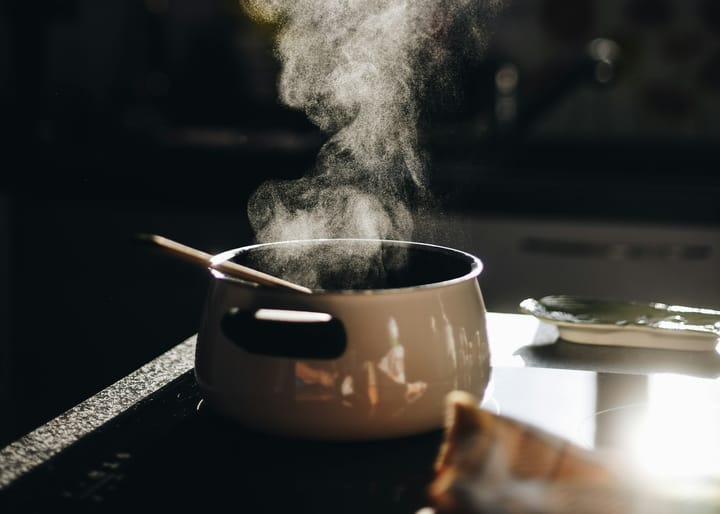How It's Made: Fleur de Sel
Seawater flows into shallow marshes where it evaporates under sun and wind. As salt crystals form on the water's surface, skilled harvesters gently skim them off using special wooden tools, collecting this precious sea salt by hand.

The creation of Fleur de Sel, often called the "flower of salt," represents one of the most meticulous and traditional food harvesting processes still practiced today.
This expensive sea salt, commanding prices up to 200 times higher than regular table salt, requires specific conditions and skilled craftsmanship to produce.
Let's explore the fascinating process of how this culinary treasure comes to be.
Preparing the Salt Marshes
The production begins with the careful preparation of salt marshes, known as salt pans.
These shallow pools are designed to hold seawater and facilitate the natural evaporation process. The marshes are arranged in a series of interconnected basins, each serving a specific purpose in the salt-making process.
First, seawater enters the marsh system through channels during high tide.
The water then flows through a series of increasingly shallow basins, becoming more concentrated as it moves.
The final evaporation ponds, where Fleur de Sel forms, are typically only a few centimeters deep. These ponds feature clay-lined bottoms that help retain heat and promote even evaporation.
Creating the Perfect Conditions
The formation of Fleur de Sel crystals requires precise environmental conditions. The paludiers (salt harvesters) carefully monitor and manage several crucial factors:
Water Temperature: The seawater must maintain a temperature between 20-24°C (68-75°F). This warmth promotes proper evaporation and crystal formation.
Water Flow: Paludiers control the water flow between basins using wooden gates, ensuring each pond maintains the optimal depth for crystal formation.
Surface Tension: The water's surface must remain undisturbed, allowing minerals to concentrate in a microscopically thin top layer where the crystals will form.
The Crystal Formation Process

When conditions align perfectly, nature begins its delicate work. As the sun warms the shallow pools, water molecules start to evaporate, leaving behind increasingly concentrated seawater. The process occurs in distinct stages:
Initial Concentration: As water evaporates, the mineral content in the remaining water increases until it reaches saturation point.
Surface Crystal Formation: Unlike other premium salts that form throughout the water column, Fleur de Sel crystals form only on the water's surface. These initial crystals are extraordinarily delicate, with a unique pyramidal structure.
Crystal Growth: The crystals slowly grow larger as more minerals accumulate, forming delicate flakes that float on the water's surface like a thin, brittle crust.
The Art of Harvesting
The harvesting process is where human skill becomes crucial. Paludiers must harvest the salt using traditional wooden tools and techniques that have remained largely unchanged for centuries:
Morning Preparation: Each day begins with an assessment of weather conditions. Harvesting can only occur on days with proper temperature, humidity, and wind conditions.
Tool Selection: The primary harvesting tool is the "lousse," a wooden rake with an extremely thin blade designed to skim just the surface of the water.
Skimming Technique: Using precise movements, the paludier draws the lousse across the water's surface, collecting only the topmost layer of crystals. This requires extraordinary skill, as too much pressure will cause the crystals to sink.
Collection: The harvested crystals are carefully gathered into small piles at the edges of the salt pans, where they drain naturally but are never allowed to completely dry.
Post-Harvest Processing
After collection, the Fleur de Sel undergoes minimal processing to preserve its unique characteristics:
Natural Draining: The collected salt is allowed to drain excess moisture, but unlike other salts, it retains about 5% of its water content.
Hand Sorting: Each batch is carefully examined and sorted to ensure only the highest quality crystals are included.
Gentle Drying: The salt is dried just enough to prevent clumping while maintaining its natural moisture content.
Quality Control and Storage
The final stages of production focus on maintaining the salt's quality:
Visual Inspection: Each batch is inspected for proper crystal formation and purity.
Moisture Testing: The salt's moisture content is verified to ensure it falls within the ideal range.
Packaging: The finished Fleur de Sel is packed in airtight containers to preserve its moisture content and delicate texture.
A skilled paludier might harvest only 2-3 kilos of Fleur de Sel per day during the peak season, which typically runs from June to September.
This limited production, combined with the specific conditions required and the skill needed to harvest it, explains why true Fleur de Sel remains one of the world's most prized salts.
Environmental Factors Affecting Production
The entire production process depends heavily on environmental conditions, making each harvest unique:
Weather Requirements:
- Sunny, dry weather with light winds
- Humidity levels below 75%
- Wind speeds below 8 mph
- Clear skies for consistent evaporation
These specific requirements mean that Fleur de Sel can only be harvested on a limited number of days each year, typically during summer months when conditions are most favorable.
This dependence on natural conditions makes each batch of Fleur de Sel a unique product of its time and place, reflecting the specific conditions under which it was formed.
Through this carefully managed process, combining natural evaporation with skilled human intervention, one of the world's most precious salts is created.
The result is a product that captures not just minerals from the sea, but centuries of traditional knowledge and craftsmanship in every crystal.


